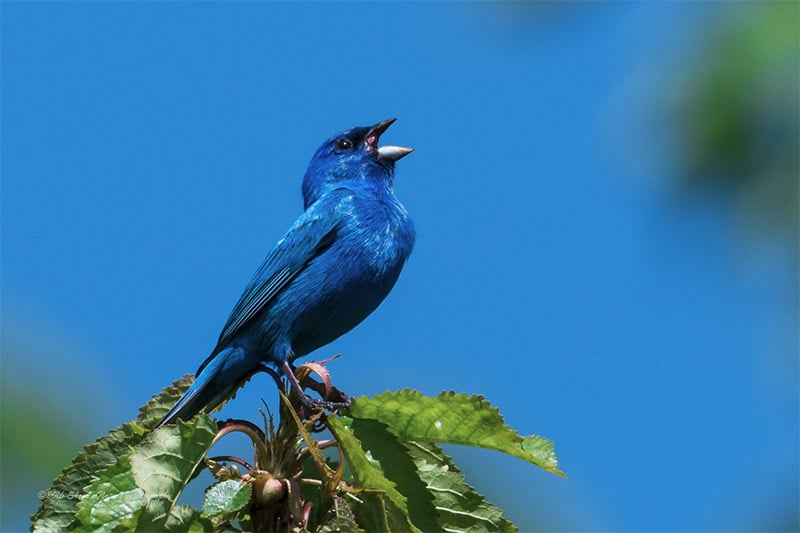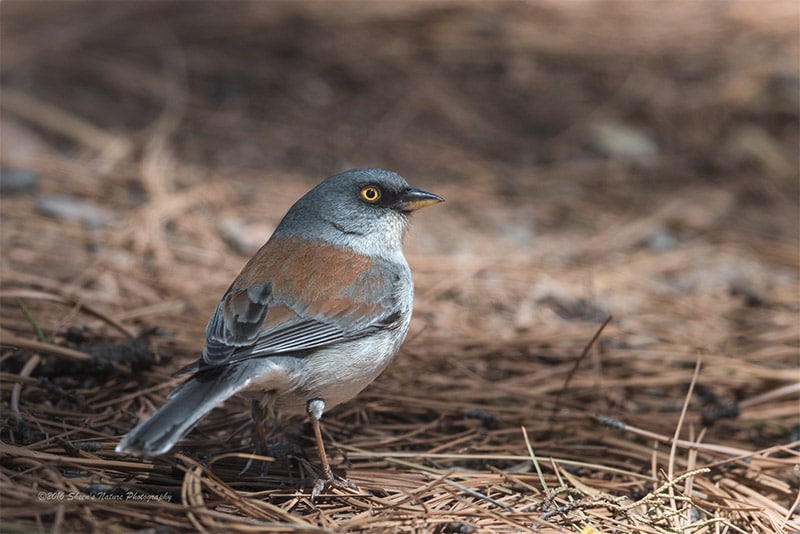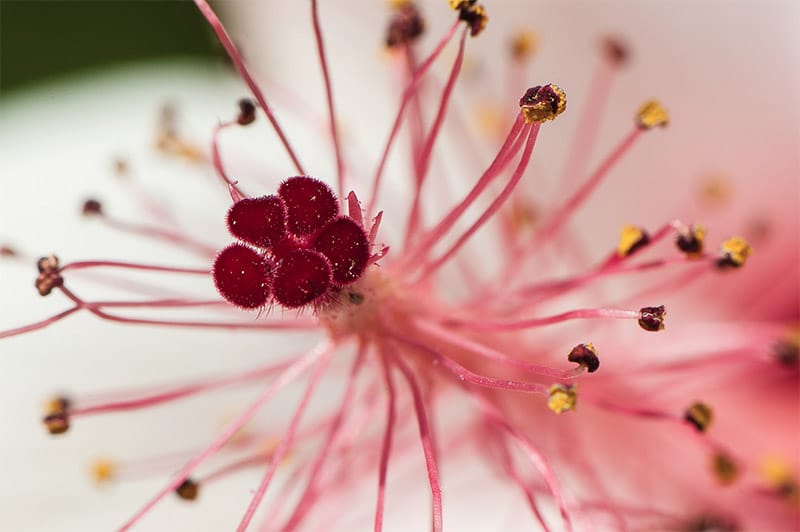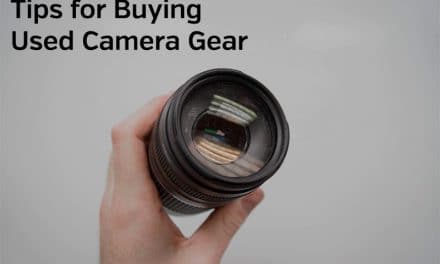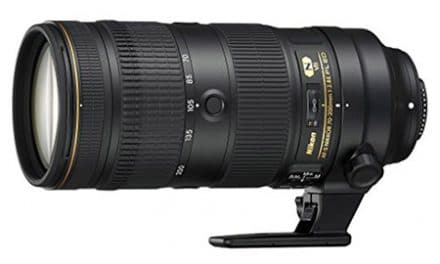When and why should we consider extension tubes and teleconverters? When we need to get closer to our subjects than our current lens will take us. Birds and animals in the distance are prime examples of where photographers want to capture details and emphasize features. These features may be the catchlight in the eye, the unique patterns of their feathers or their fur. Water droplets, spider webs and insects are subjects often captured using macro lenses for a life size perspective.
→ Related reading: How and Where to Photograph Songbirds
The distance of our subject from our lens may be too great to capture sharp details. On the flip side, we may be closer to our subject than the minimal focusing distance.
In these and other close up situations, using teleconverters and extension tubes with our existing lenses may be an effective solution. We’ll review 1) Teleconverters 2) Extension Tubes and when to use them.
→ Related reading: Reviews of the Best Macro Lenses for Canon and Reviews of the Best Macro Lenses for Nikon
Teleconverters
They Increase Focal Length
When using a teleconverter, the effective focal length is increased. A teleconverter works like a magnifying glass. It is attached to both the lens and the camera. I use a Nikon 1.4 III teleconverter on my 500mm lens. The focal length becomes 700mm as it is 1.4 times the focal length of the 500mm. If I were using a 1.7 teleconverter, the focal length would be 850mm. A 2.0 teleconverter would provide a focal length of 1000mm. That’s a lot of reach!
Note: Canon, Sigma, Tamron and others offer teleconverters for their respective lenses.
Cost Effective vs. Longer Length Lenses
Teleconverters add distance at a fraction of the cost of bigger glass. For example, a 300mm 2.8 lens can have a focal length of 600mm when used with a 2.0 teleconverter. A 600mm lens would be almost double in cost. (See below for impact to image quality and speed).
Increased Focal Length with Nominal Weight Impact
At roughly 6.7 ounces, adding a 1.4III teleconverter to a 70-200 or 300mm lens provides additional distance without a lot of weight. Nikon and Canon’s 400mm, 500mm, 600mm lenses are significant in weight (108 ounces and greater). Teleconverters can add distance without breaking the back or bank.
When Using a Teleconverter, There Are a Few Downsides:
Performance
There is reduced lens speed resulting from losing a stop or stops based on the magnification. With the Nikon 1.4 III, my f/4 lens loses one stop. If I were using a 1.7, I would lose 1 1/2 stops and a 2.0 teleconverter would lose 2 stops.
Focusing speed, particularly in lower light, may be impacted. Light has to travel further to reach the sensor.
Compatibility
Not all lenses work with teleconverters. It is important to check your camera and lens manufacturers for compatibility before purchasing. If buying a lens today and you’re considering a teleconverter in the future, confirm compatibility prior to purchasing.
Image Quality
There may be some image degradation. With my 1.4 III teleconverter, I’ve been very satisfied with the overall quality and sharpness. With longer teleconverters such as a 2.0, the reduced image quality may be slightly more noticeable.
When to use Teleconverters?
The primary reason to use teleconverters is when you need additional reach. The images below were taken using a 1.4 III teleconverter.
→ Related reading: Bird Photography: How to “Get the Shot”
Extension Tubes
Moves the Lens Closer to Your Subject
Extension tubes, like teleconverters, are also attached between the lens and the camera. They are a hollow tube that pushes the front element of your lens closer to the subject (versus the teleconverter which magnifies the image). By moving the element closer to your subject, the magnification of your subject increases. With this magnification, there is also a shallower depth of field.
Short to medium focal lengths are optimal for extension tubes. The image below was taken with a 50mm using a 12mm extension tube. The depth of field gets shallow very quickly which adds artistry to Nigel’s delicate colors.
Cost Effective Distance
Extension tubes are relatively inexpensive, even when compared to a teleconverter. There are extension tubes that are plain hollow tubes which require manual focus. These are the least costly. There are also extension tubes with the mechanical connection that allows the auto-focus to work (recommmended).
A extension tube set of 12mm, 20mm and 36mm by Kenko Extension Tubes with the autofocus mechanical connection is available for a very reasonable price at Amazon.
Anita captured hibiscus with a Nikon 105mm macro using all three Kenko extension tubes.
Weight Consideration
These three extension tubes weighs roughly under 10 ounces combined. They can be used separately or joined together for greater magnification.
Performance & Image Quality
With an extension tube, there is no additional glass between the lens and the camera. As a result, there is no degradation of image. As the lens’ focusing distance changes and the subject is closer, image sharpness may be impacted by having a depth of field that is too shallow. To get more in focus, the f/stop may need to be moved to achieve a greater depth of field (higher f/stop number).
As the lens is pushed away from the sensor, there is also some loss of light which may impact shutter speed. To ensure image quality, increase the ISO to achieve a higher shutter speed.
Compatibility
Extension tubes can be used with any of your lenses. Multiple extension tubes can be joined together to achieve more magnification.
When to Use Extension Tubes
Extension tubes are most commonly used on short to mid ranges lenses to create a macro perspective. They are also used in situations where the minimum focusing distance needs to be reduced.
Quick comparison of teleconverters and extension tubes:
- Both attach to the lens and the camera.
- Both provide the ability to increase the size of your subject.
- Both are lightweight and cost less than a telephoto or true macro lens.
- Both can reduce the minimum focusing distance.
Quick contrast
- Teleconverters act as a magnifying glass vs. an extension tube pushes the lens element closer to the subject.
- Teleconverters can focus to infinity, an extension tube reduces the maximum focal distance.
- Teleconverters are not compatible with all lenses, extension tubes should work with all lenses (need to always check your camera make and model as new and older technologies may not always co-exist).
- Teleconverters work well with telephoto lenses, extension tubes are more optimal at short to mid-range distances.
Teleconverters and extension tubes are lightweight and cost effective solutions to have in your camera bag. As you begin working with one or both of these tools, take time to practice and understand their flexibility and their limitations.
Photo license link: CC BY 2.0



